From Lustre to Metallic: 5 Paper Types You Need to Know Before Printing Your Photos

What paper is best for creating high-quality prints from your digital images? Get the scoop on lustre or metallic, and decide what’s best for your biz!
Printing Your Images: What Paper Should You Choose?
I have what I would consider a “mild obsession” with stationery. Specifically, it centres around paper and notebooks. I love the tactility of paper, whether it feels rough or smooth under your fingertips. I love the smell. The texture. The strength of it. Okay, so maybe this is slightly more than a mild obsession.
This enthusiasm extends beyond it being a writing implement, though. I’m also a total sucker for photo paper. In fact, one of my favourite parts of working with my photography clients is getting their complimentary prints through the post. I spend a lot of time examining them, partly to see how my photos look on different photo paper qualities—the color, sharpness, and so on. What can I say? I’m a total photo paper nerd, too!
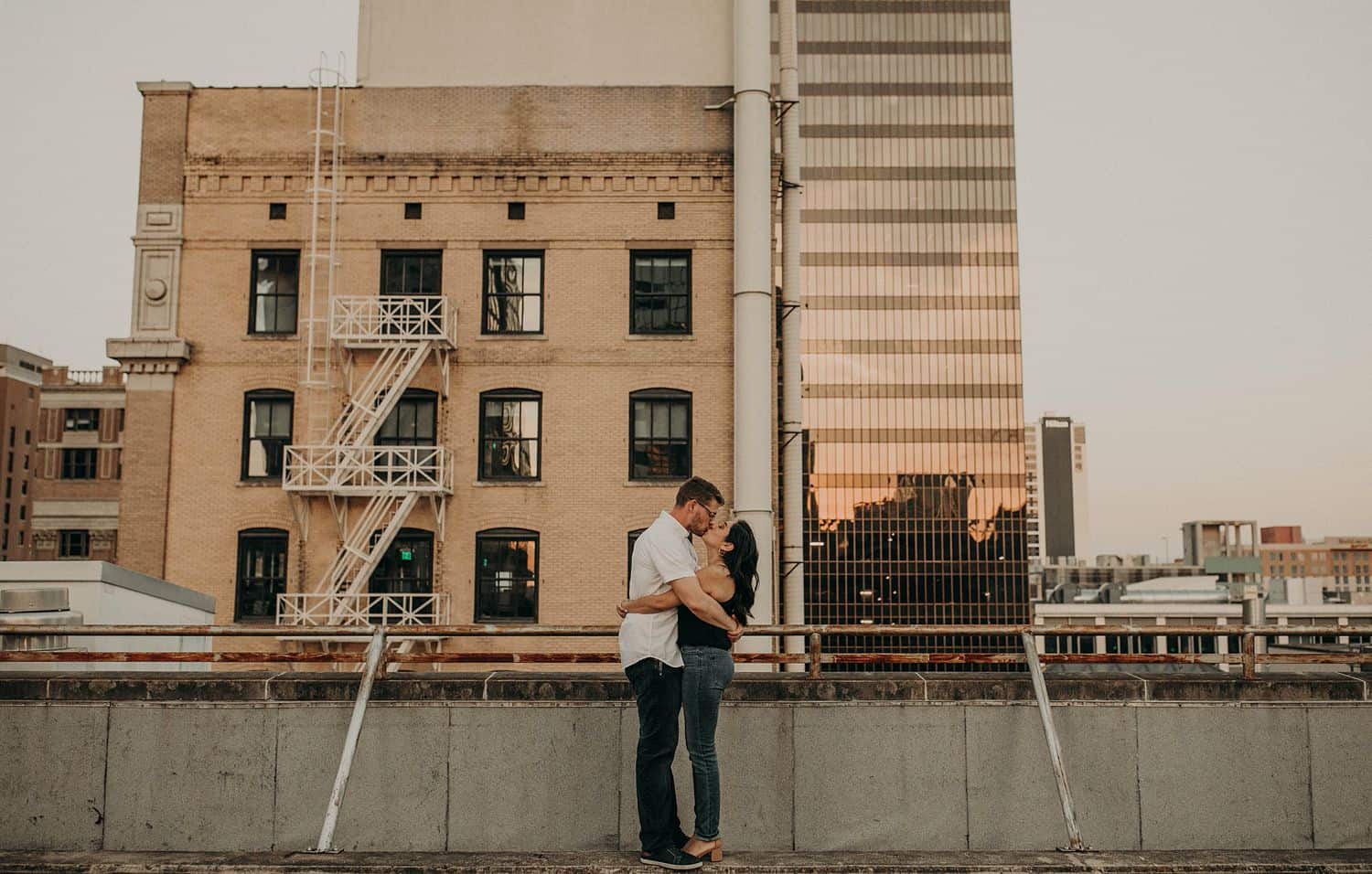
Nikk Nguyen
In the photography world, though, there’s always a big debate when it comes to printing your photos. Lustre vs. metallic, matte or glossy… What’s your choice? What finish do you prefer? So, let’s have a chat about all things photo paper, shall we?
Start your free trial with ShootProof
The Basics of Photo Paper
When I first started out as a photographer, I had zero idea about all the different types of photo paper out there. My only previous experience was with those labs you mailed your film rolls to. Remember those? And a couple of weeks later you’d get your 24 exposures on basic glossy prints sent back.
If you’re familiar with print developing, you’ve probably heard the terms glossy, lustre, metallic, and matte. These are all the typical types of photo paper offered when you get your pictures developed.

Nikk Nguyen
But each of these photo paper types is different, and they each have plus and minus points to consider when you’re figuring out which to use with your own work. It’s hard to know how they stack up, one versus the other!
I’ll talk about each finish in this article, as well as one other you might not have considered, such as magazine paper, which you may be lucky enough to see your work printed on at some stage in your career!
What you’ll quickly realise though, as a photographer, is that the type of photo paper you use to create prints is not just about quality and value for your clients. It’s as much about the overall feel of your images too. And that’s something your clients won’t be able to quantify—but they will notice.

Nikk Nguyen
Get Your Glossy On
Most of my prints and snaps from when I was a kid were typically printed on glossy paper. It’s really common in those grocery store labs, and it’s what you might find in an office supply store to print from home.
Get clients. Get paid. Get happy.
Glossy paper isn’t really a favourite of professional photographers. Don’t get me wrong, a glossy finish is great for showing off rich colors and awesome skin tones, but glossy paper is textureless; and because of the glossy paper’s high-shine surface, it’ll pick up all the fingerprints. Glossy paper is also really susceptible to scratches, so glossy is not a great choice to provide to clients if you want their prints to last a lifetime.

Nikk Nguyen
The other disadvantage of glossy paper is that a high-shine surface is highly reflective and, for that reason, glossy paper doesn’t display well. I’ve found that glossy paper’s surface often sticks to glass, as well, so glossy is not a great paper for putting in a picture frame.
The Matte Finish Effect
On the other end of the spectrum (because I like to give you the polar opposites first), there’s matte finish paper. My parents used to tick the matte box when they sent off our films to the lab and they were feeling a little flush. (Or if they thought they might actually frame one or two photos from that roll of film.)
Matte paper has a really lovely smooth finish—exactly what a photo nerd like me would swoon over. It’s non-glare, it doesn’t have that glossy finish shine, and it won’t show fingerprints. (Which is probably a good thing because you can’t resist stroking matte paper. No? Only me?)
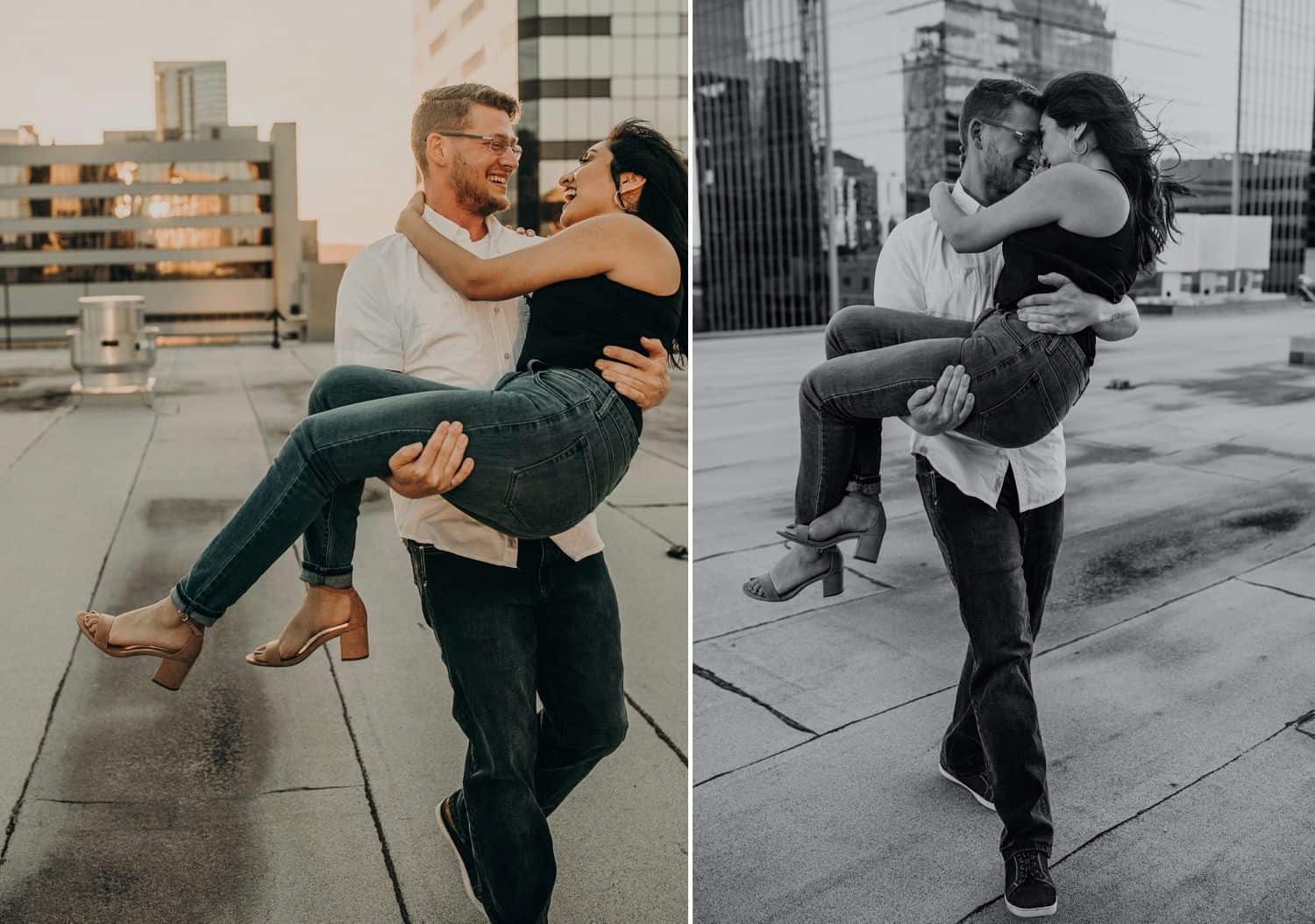
Nikk Nguyen
Matte paper is about as professional as it gets for a quality finish. It feels luxurious and high quality, which is great for providing added value to your clients. And this paper is also really lovely for framing prints.
There can be a downside though. Depending on the lab print quality, there’s a chance that your images might look a little flat. The colors don’t “pop” in a matte finish as much as they do on glossy paper, meaning your colors and tones can look particularly soft and muted.
Get started with ShootProof
Lust for Lustre Finish
How to describe lustre finish? Okay. Lustre finish is kind of like if Glossy and Matte disappeared off into the darkroom for a spell and made a little magic.

Nikk Nguyen
Lustre finish paper is the perfect marriage of glossy and matte papers, taking all the good points from each. The rich color and skin tones of glossy, and the subtle texturing and fingerprint resistance of a matte finish. And lustre finish paper looks great in photo albums or framed and up on a wall.
Lustre finish paper is definitely a common professional choice, and all the pro photo labs offer lustre paper as a standard option for prints.
Contracts & invoices for Pros
That Metallic Print Flavour
And then there’s metallic finish paper, which is a favourite of pro photographers for so many different reasons. You won’t find metallic finish prints on offer to the general public. Metallic finish is definitely a product purely offered by pro labs to pro shooters.
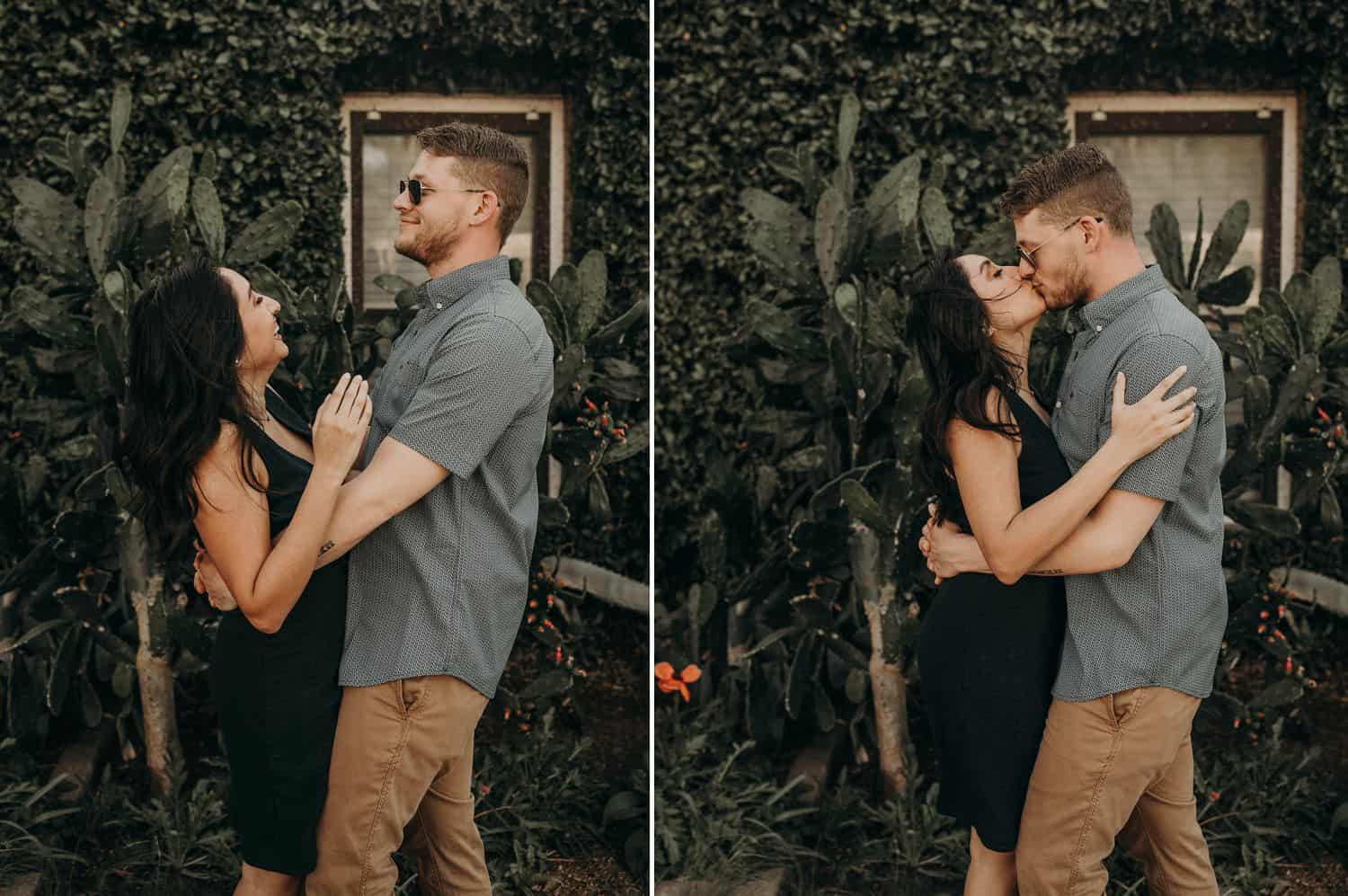
Nikk Nguyen
Metallic finish prints have a pearlescent effect embedded into the paper itself, which adds a luxurious brilliance to your images. Metallic finish almost creates a 3D effect and gives your photos a warmth and depth that no other paper can. Color is truly vibrant in this photo finish, and it’s those bold colors that photographers rave about with metallic prints.
Metallic paper is also really durable. Metallic paper is resistant to tearing and curling, and much less likely to scratch—although, again, fingerprints can be an issue!
Photos printed in a metallic finish are incredibly defined and sharp, but because the metallic paper has a slight shimmer to it, it’s best framed without glass.

Nikk Nguyen
A Brief Look At Magazine Paper
You might be wondering about magazine paper, as well; but this isn’t a photographic paper like the glossy, matte, lustre, and metallic finishes I’ve described. Magazines are typically press-printed, meaning ink is applied to the paper using a CMYK color space, which isn’t as color-accurate as RGB prints. (Some photo book printing companies also use this option.)
Unlike photographic paper, magazine paper doesn’t use light exposure to develop the image. Magazine images are printed directly onto the paper by applying ink, usually using color inkjet printers where the images are made up of thousands of small dots of color. Despite the glossy paper, press printing results in a flat, often grainy finish, and is certainly not the professional finish you’d expect of a printed photo.
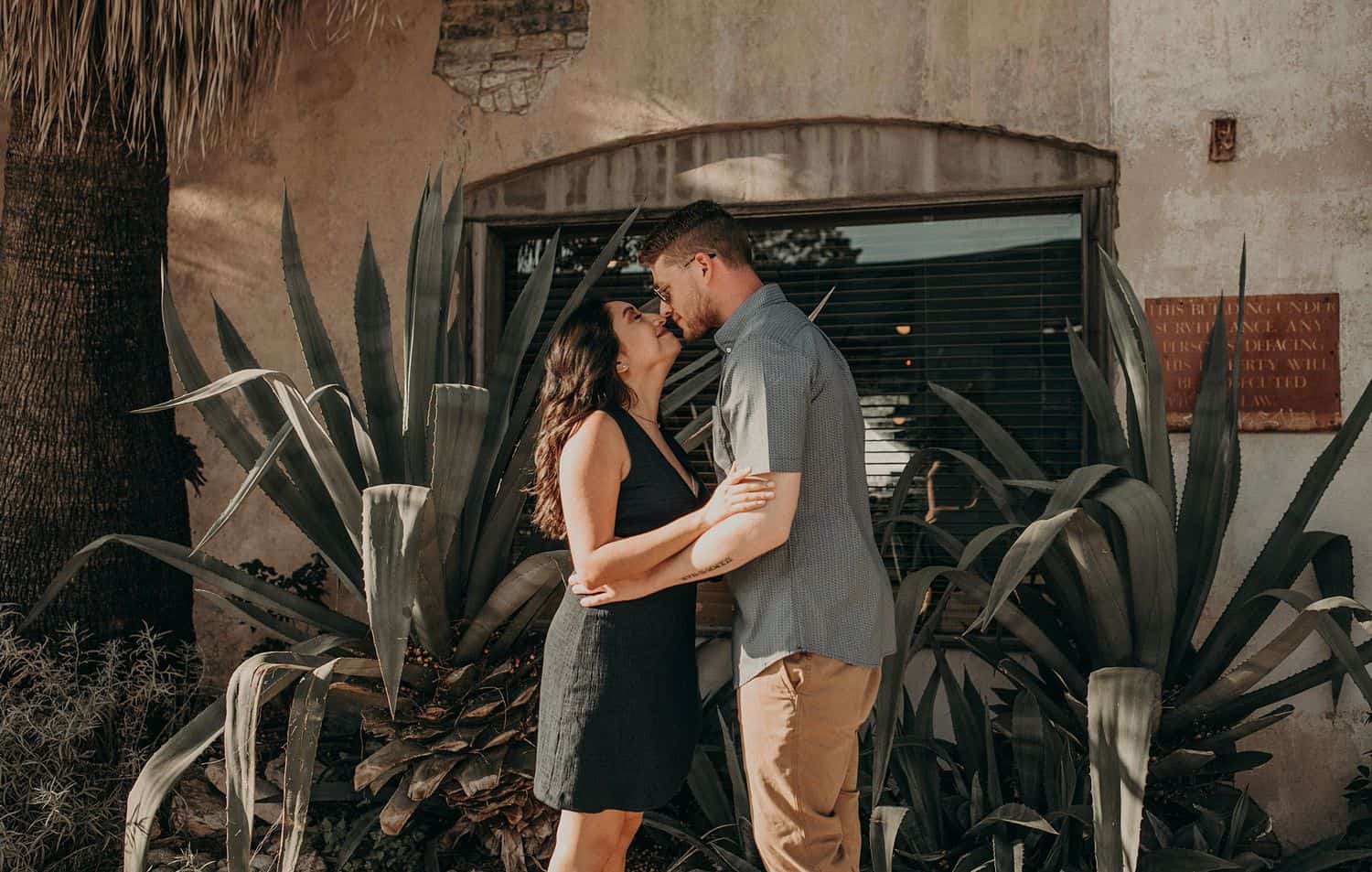
Nikk Nguyen
Match Your Paper to Your Photographic Style
The most popular options are lustre finish and metallic photo paper, with matte close behind. Many pro labs even print images using a variety of matte papers that embody different textures and tone qualities. These matte papers are often press-printed, however, and are typically used for artistic purposes—perhaps for hanging images in a gallery and for higher-end purchases.
See how to earn money with ShootProof
As a portrait photographer, I love to gift a collection of prints to my clients as part of their package, so I ideally want the best quality prints I can provide for the lowest cost; and, to my mind, lustre fits that bill perfectly. I encourage metallic paper prints for display pieces, though, such as large prints that will be framed and hung in a place of pride on a client’s wall.
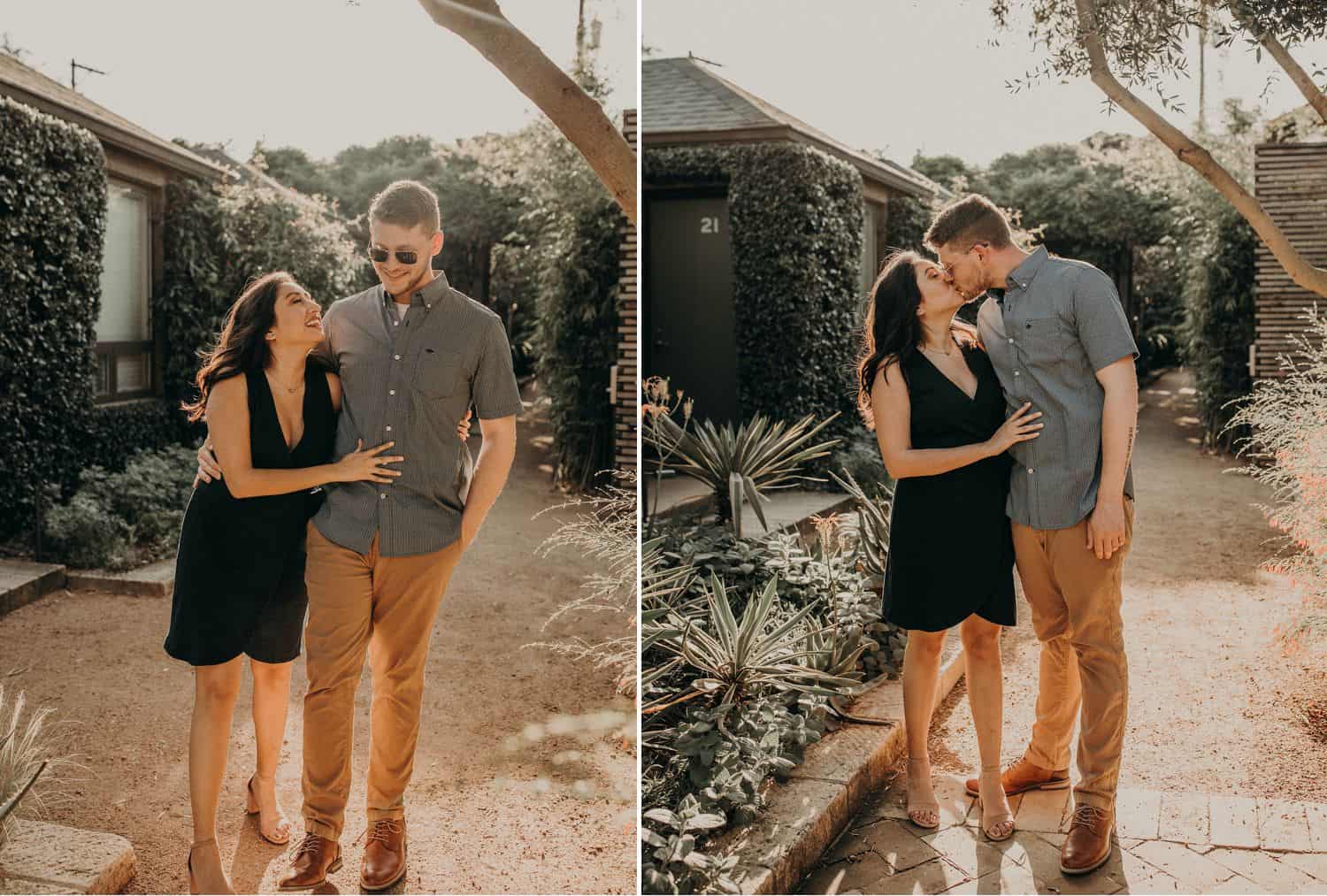
Nikk Nguyen
To finalize your preferences, I suggest that you look at what the subject matter of your photos. What’s more important? Vibrant skin tones? Crisp details? Soft highlights? Each paper type delivers different results, and your prints should reflect your brand aesthetic and client desires.
Test ‘Em Out
The best advice I can give you if you’re deciding on photo paper types for the first time is to get some sample images printed on all the different types of paper, and spend some time studying and comparing them. Go by what feels best to you for the work you’re producing and the kind of clients you’re printing images for.
Empower your clients with gorgeous galleries.
Msot imporantly, enjoy the whole seeing-smelling-stroking process of all the different types of photo paper—from one paper nerd to another. Just mind those fingerprints!
Written by SARAH WAYTE | Photographs by NIKK NGUYEN
As a girl who loves both words and photographs, Sarah Wayte couldn’t decide between the two, so she does BOTH! Creative copywriter + branding and lifestyle photographer, the Maltese-Brit now calls B.C. her home (indecisive much?), along with her husband and their fur-babies. Say hi to her on Instagram HERE.


